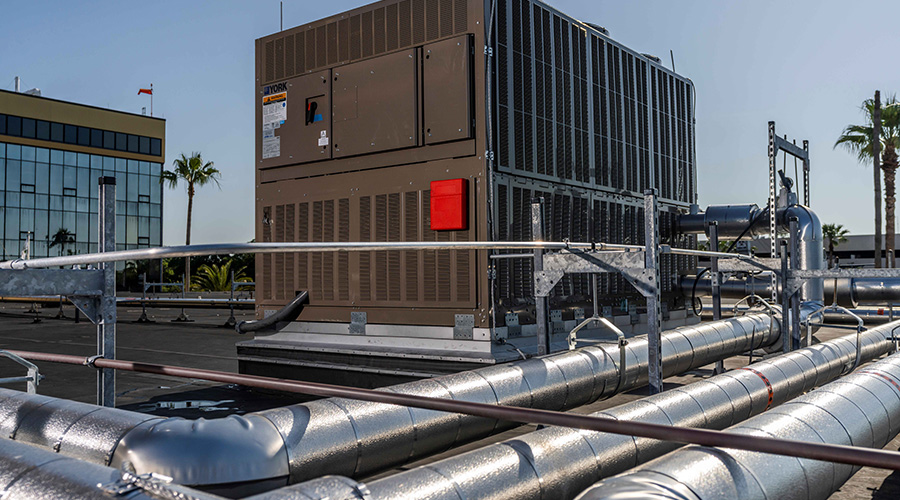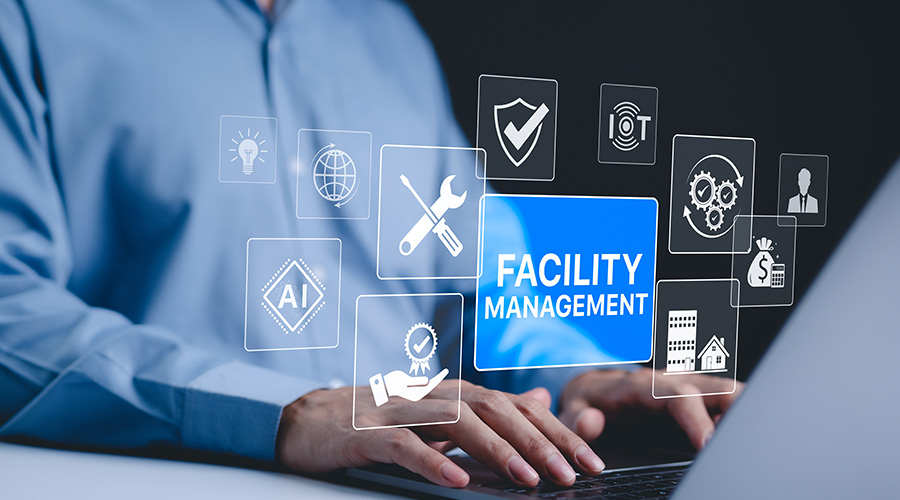K-12 Upgrades: HVAC Challenges and Solutions
Smart planning can result in projects that benefit students, staff and school districts
The nation’s aging K-12 school infrastructure presents a host of challenges to maintenance and engineering staff involved in building and system upgrades, from setting project goals and building the planning team to scheduling the work to avoid disrupting facility operations.
By addressing these and other challenges early in the upgrade planning process, managers will be able to deliver upgrade and retrofit projects that benefit their departments, building occupants and visitors, and the organization.
Building the plan
During the early planning stages of an improvement or retrofit project, one of the first challenges is to identify a scope of work. The desired improvements might not always be feasible due to limited resources.
One way to address the challenge of defining a scope is to break down the desired improvements by system and facility. The project planning team can evaluate and rank each system to develop a scope of work from the most urgent to least urgent. The resulting master plan can be a great planning tool to help identify the phasing and implementation of multiple upgrades and project cycles.
Another challenge during the planning phase of a project is to select the consulting team that will provide design and construction phase services for the project. The overall success of the project relies as much on the quality of the design as it does on the quality of installation and materials/equipment used.
Depending on the local and state requirements, the selection process might be completely out of the hands of the maintenance and engineering managers. But if possible, managers should integrate the staff into the selection process and take part in making a recommendation for the consultant team based on qualifications and past performance.
As a project progresses into the early design phase, budget constraints often becomes a challenge for everyone involved. Managers can help evaluate and secure various funding sources.
At this point in the process, the scope of work shrinks and value engineering occurs. The more visible and popular improvements often become higher priorities over the necessary system upgrades that make a building work. As a manager, these tactics can be frustrating because they create roadblocks to ensuring core systems make the final cut for inclusion in an upgrade project. Having a list of priority improvements with accompanying rationale can help the planning team include the most important upgrades.
When planning to upgrade building systems, it is also important to evaluate and define scheduling challenges. Managers need to consider typical questions, such as:
• When can construction take place?
• How will construction affect building occupants?
• How will it affect other systems?
• Does it make sense to address multiple system at the same time?
K-12 buildings also present a unique challenge in that managers rarely have the option to close a facility for an extended construction schedule. Most projects must finish in a few short summer months. As a result, planning should incorporate a phased scheduling approach with improvements implemented over multiple years. Other schedule-related challenges can include occupant relocations, phased construction, and dealing with schedule delays.
Related Topics:














